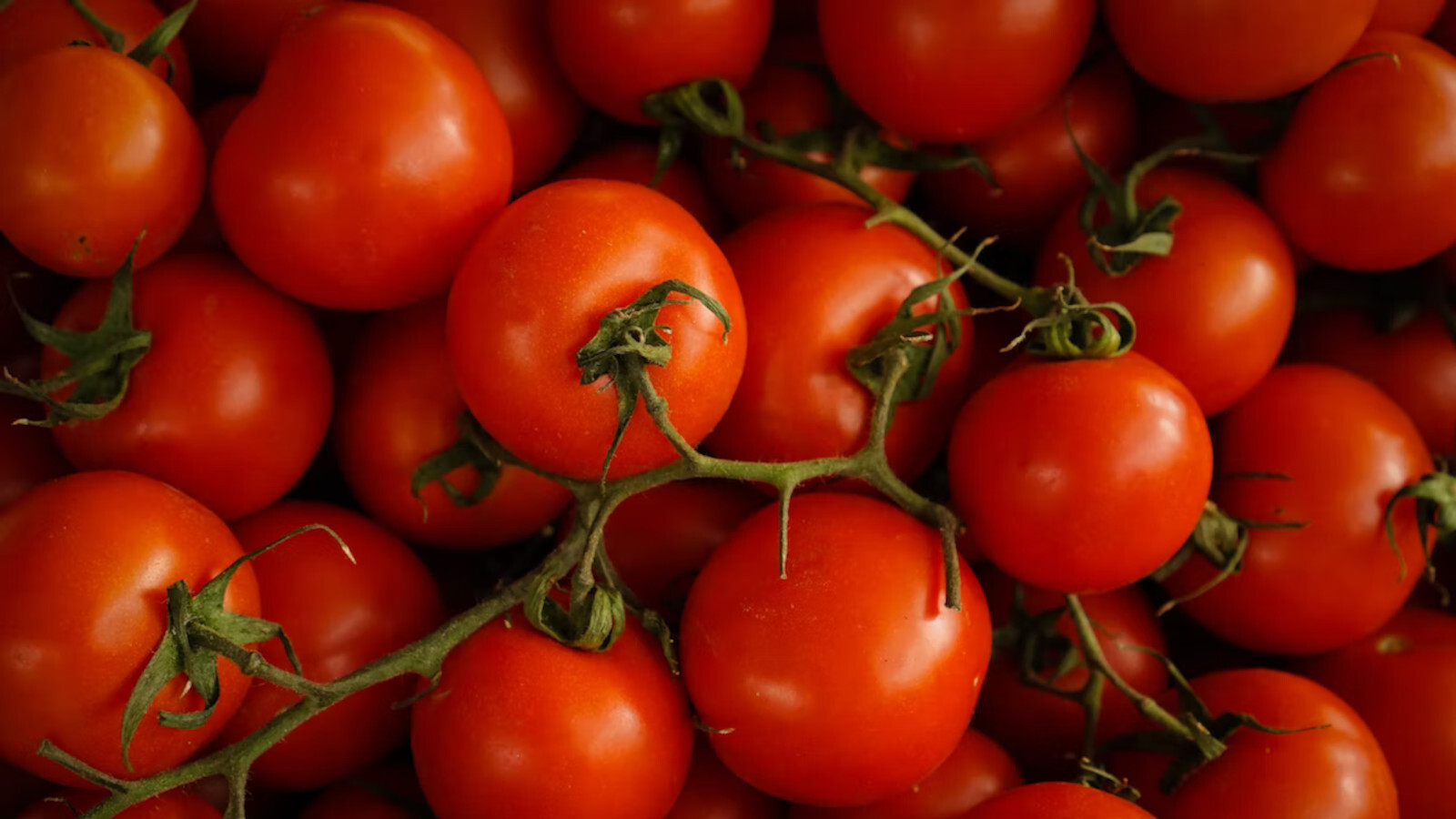The past two articles have discussed buying tomatoes and starting tomatoes from seed. Planting tomatoes in the garden or containers is covered in this article.
DO NOT GET IN A HURRY to plant your tomato plants outside in the garden or in containers. Remember that in our area the frost-free day is May 15. Many local gardeners are now saying to wait until Memorial Day. With our weather this spring it may be earlier. You want the soil to warm up in the garden. If planting in a container, you can plant earlier and move the container or cover it up with expected cold weather.
If you started your tomato plants from seed in the house and have transplanted them to small pots, now is the time – about 10 days or two weeks – before you transplant them to the garden or containers to start hardening off your plants. You can do this by setting the plants outdoors in a lightly shaded area for an hour or two each day. Whether the plants are ones you grew or bought from the garden center or greenhouse, hardening off is the most important thing you can do.
Hardening off strengthens plant cell structure and results in sturdier and more rapidly growing plants after transplanting to the garden or container. This is one of the biggest mistakes gardeners make when growing their own plants.
Some gardeners use a cold frame, a screened-in porch or a sheltered area against the house. Gradually increase the time outside until they can stay out at night. If it is cold outside, don’t take them out or bring them indoors again at night when a cool night is predicted. The plants you bought also need protection for a period of time.
Be aware when hardening off plants protect not only from the sun and temperature but from the wind. A strong breeze can easily damage or even break the tender plants.
As soon as the danger of frost has passed, transplant the tomatoes to a prepared site in the garden or container. Tomatoes thrive in any reasonably good garden soil that is well-drained and gets full sun. A suggestion is about a half an hour prior to transplanting, water the plants thoroughly using fertilizer water. Chose a cloudy, wind-free day, if possible.
Gardeners have their own tips and tricks for transplanting. There are basically two ways to transplant: trench planting or straight up and down planting.
Trench planting is pinching off the lower leaves of the tomato plant and laying the whole plant in a shallow trench horizontally. It looks like you are burying it. The plant will root along the stem. Gently angle the stem upward so that the only part showing is the very top four to six leaves. Be careful not to bend the stem so sharply that it breaks. Cover with two or three inches of soil.
The advantages of trench planting are additional roots will form all along the buried stem, the plant can take up more water and nutrients, and get off to a quicker start in only a few inches of warmer soil.
In straight up and down planting, a hole is prepared for each tomato plant and set in vertically. You can plant them to the same level as they were growing in the pot. Pinch off lower leaves and plant them deeply.
The advantage of deep, vertical planting comes when the weather gets hot and dry. Because the roots are set in and grow more deeply than if in a trench, they will be closer to moisture deep in the soil.
Remember these are still tender little plants that still need protection from the sun and wind. Protect them during the hottest and sunniest part of the day with a covering for a couple of days, and then remove it in the late afternoon or evening. If it is cloudy during this time it is all the better, and you do not have to cover.
If frost is predicted, use emergency protection in the form of upside-down plastic bottles with the bottoms cut off or upside-down plastic containers (pots). Be careful when using plastic so it does not touch the leaves. They should be removed the next morning, when the danger of frost has passed.
The plants should be kept well-watered and fertilized until they are established. You also should control weeds, as they compete with plants for water, food and space, keeping soil cultivated to about an inch deep. Some gardeners prefer to use mulch materials such as straw and plastic film to help conserve moisture, protect tomatoes from rot and blight diseases, and to help maintain even soil temperatures.




.webp)
.webp)
